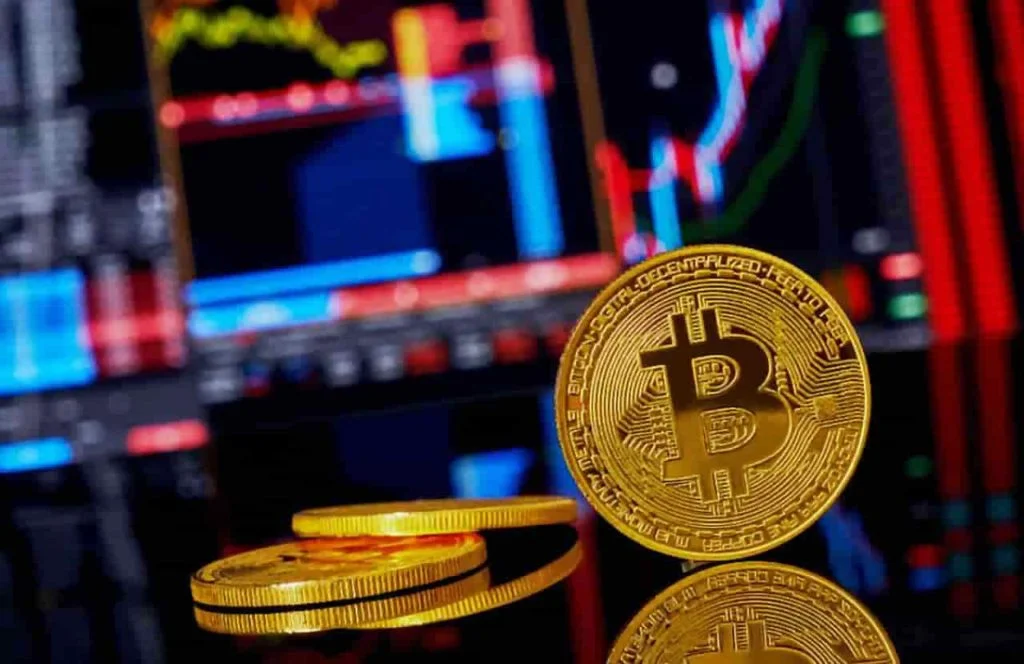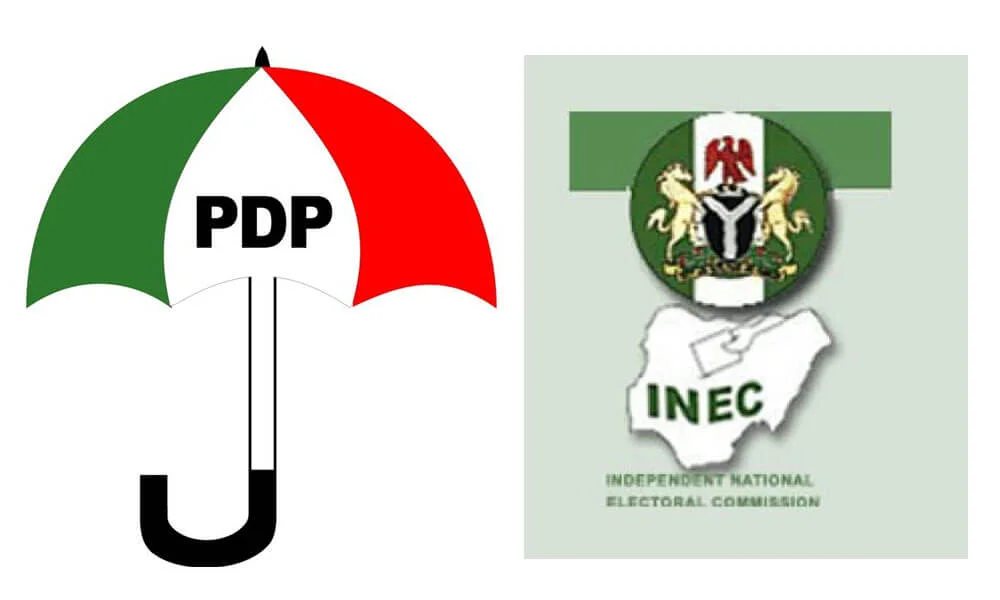Bitcoin surged to a fresh record on Friday, smashing previous highs as enthusiasm from institutional buyers combined with favorable policy moves from President Donald Trump’s administration fueled a powerful rally in the cryptocurrency market.
The flagship digital asset climbed to $116,781.10 during the Asian trading session, marking its highest value ever recorded. At the time of writing, Bitcoin hovered around $116,563.11, having gained more than 24% since the beginning of 2025.
This explosive upward momentum underscores a renewed appetite among large-scale investors and deep-pocketed institutions, many of whom have ramped up their exposure to digital currencies amid expectations that cryptocurrencies will continue to mature as a mainstream asset class.
Institutional Inflows Shrink Exchange Liquidity
According to Joshua Chu, co-chair of the Hong Kong Web3 Association, the recent surge is largely due to aggressive buying by major financial players who are steadily removing available supply from the market.
“Large institutions are accumulating bitcoin at an unprecedented pace,” Chu said. “This drying up of liquidity on centralized exchanges is tightening supply and pushing prices higher.”
Market data from leading platforms confirm this trend, with bitcoin reserves on top exchanges steadily declining as institutional buyers move assets into cold storage or custodial wallets for long-term holding.
These strategic moves signal growing confidence that bitcoin is no longer just a speculative asset but rather a viable long-term store of value and hedge against macroeconomic instability.
Trump’s Strategic Crypto Reserve and Regulatory Appointments Bolster Market Sentiment
Another major catalyst for bitcoin’s record-breaking run is the policy environment emerging under President Trump’s second term, particularly his administration’s embrace of digital currencies as part of national economic strategy.
In March 2025, Trump signed an executive order authorizing the creation of a U.S. Strategic Cryptocurrency Reserve, aimed at securing bitcoin and other digital assets as part of the nation’s monetary toolkit.
The move marked a historic shift in U.S. fiscal policy, formally recognizing cryptocurrencies as important financial assets with potential strategic value. The order directed several federal agencies to work together on acquiring and managing crypto assets responsibly and transparently.
In addition to the executive order, Trump appointed a roster of pro-crypto officials to high-level positions. These include Paul Atkins, who now chairs the Securities and Exchange Commission (SEC), and David Sacks, who serves as the White House’s lead on artificial intelligence and emerging technologies. Both individuals have previously voiced strong support for decentralized finance and digital innovation.
The new administration’s positioning has sharply contrasted with previous regulatory uncertainty that often dampened investor sentiment in the crypto space. With clearer rules and more crypto-friendly voices in power, many market participants are viewing this period as a turning point for digital assets in the United States.
Trump Family Ventures Add More Momentum
Further fueling market optimism, Trump Media & Technology Group (DJT.O), a company linked to the Trump family, recently filed documentation with the SEC to launch a multi-asset crypto exchange-traded fund (ETF). The proposed ETF would include holdings in bitcoin, ether, solana, and ripple, offering investors diversified exposure to the digital asset ecosystem.
If approved, the ETF could significantly broaden access to crypto for retail and institutional investors alike, further cementing mainstream adoption of digital currencies.
Market analysts believe this kind of high-profile involvement from the Trump family and affiliated companies will draw more attention from conservative financial institutions and previously hesitant investors.
“This isn’t just about bitcoin hitting new highs,” said crypto strategist Leah Mardel of BlockWave Capital. “It’s about the growing legitimacy of the entire digital asset space as an investment category.”
Ethereum Follows Suit with Strong Surge
Bitcoin wasn’t the only cryptocurrency to benefit from the bullish wave sweeping across the market. Ether (ETH), the second-largest digital currency by market capitalization, also saw sharp gains on Friday.
The asset soared nearly 5%, reaching a five-month high of $2,998.41 before settling at $2,956.82 during the mid-day trading session. This performance reflects renewed optimism around Ethereum’s ongoing upgrades and its dominant role in smart contracts, DeFi, and NFTs.
Ethereum’s momentum was further strengthened by growing developer activity, new enterprise integrations, and anticipation around further scaling solutions that aim to reduce transaction costs and improve throughput.
Many investors now view ether not just as a digital currency but as a foundational layer for the next generation of decentralized applications.
Long-Term Bull Case Strengthens
With demand rising, liquidity falling, and political winds shifting in favor of crypto, analysts say the long-term outlook for bitcoin and other major cryptocurrencies has become even more promising.
“This isn’t just another hype cycle,” said economist Brian Kessler. “We’re seeing genuine demand from institutional players who are allocating capital not just for quick returns, but as a strategic hedge against inflation and global instability.”
Multiple hedge funds, pension funds, and sovereign wealth funds have reportedly increased their crypto exposure this year, citing diversification, long-term yield potential, and diminishing trust in fiat currencies as key drivers.
On-chain data further supports the bullish sentiment. Bitcoin’s daily active addresses, transaction volume, and number of wallets holding more than 1 BTC have all seen sustained increases in 2025.
Geopolitical and Economic Context Amplifies Demand
As global markets remain jittery amid rising interest rates, persistent inflation, and political uncertainty, many investors have turned to bitcoin as a non-sovereign store of value.
U.S. dollar volatility, banking sector instability, and escalating geopolitical tensions across Europe and Asia have only added to the perception that digital assets offer a safe haven.
The decentralized and borderless nature of cryptocurrencies appeals to investors seeking alternatives to government-controlled financial systems, especially in the context of rising capital controls and surveillance.
“With every new round of global uncertainty, the appeal of bitcoin strengthens,” said Kessler. “It’s not just a hedge—it’s insurance.”
Conclusion: Bitcoin’s Rally Reflects a New Era for Digital Finance
Bitcoin’s latest rally to over $116,000 represents more than just a new price milestone. It reflects a convergence of powerful forces: deep-pocketed institutional demand, supportive public policy, and shifting investor psychology.
As regulatory clarity improves and high-profile political and corporate figures back the ecosystem, the narrative around cryptocurrencies is changing from speculative fad to foundational financial infrastructure.
With Ethereum also gaining ground and a slate of crypto ETFs potentially on the horizon, the entire digital asset sector appears poised for even greater growth in the second half of 2025.
Whether this marks the beginning of a new supercycle or just another peak in a volatile asset class remains to be seen—but for now, Bitcoin is leading the charge into the next chapter of global finance.











